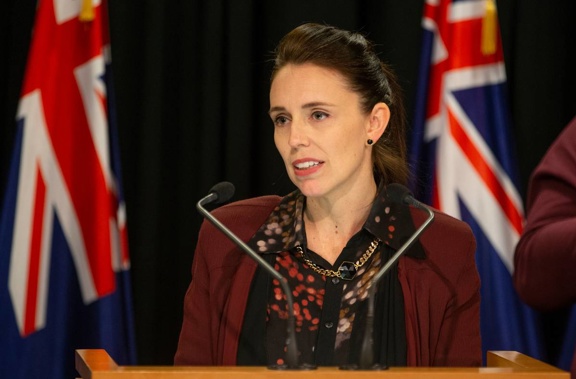
Government Statistician Liz MacPherson came out swinging at the suggestion that anyone - even the Prime Minister - is given a sneak preview into data such as quarterly gross domestic product reports.
"There are 'absolutely not' any hints to anyone, including the Prime Minister, before the release of economic growth figures from Stats NZ," she said.
"Stats NZ has strict embargo rules about tier-one statistics such as gross domestic product. These figures are market sensitive and are never given to anyone in advance of the release day."
There is a short formal briefing for relevant government ministers in the hour before the release time of 10.45am on the day, but that is under strict embargo lock-up conditions, MacPherson said.
"Even then ministers are not allowed to communicate the information to anyone else before 10.45am."
The same is true for other so-called tier-one data including the balance of payments and international investment position, consumers price index, and labour market statistics.
Earlier the kiwi dollar gained after Prime Minister Jacinda Ardern mistakenly said she was "pretty pleased" with gross domestic product growth having received a "hint" ahead of Thursday's official release of the second-quarter economic data.
Her comments were then downplayed by her chief press secretary who said she was referring to the government's June year financial statements and had "made a mistake."
The data, due Thursday, is under particular scrutiny after the central bank last month kept the official cash rate at 1.75 per cent and pushed out the timing of the first rate hike citing weak growth as a concern. Governor Adrian Orr reiterated that "the direction of our next OCR move could be up or down."
Economists expect the data to show GDP expanded 0.8 per cent from the first quarter and 2.5 per cent from a year ago, according to a Bloomberg poll of 16. The central bank is tipping growth of 0.5 per cent.
The kiwi has since dipped to 65.61 US cents versus 65.84 cents after Ardern's comments. However, it is largely weighed after the Office of the US Trade Representative released a list of approximately US$200 billion worth of Chinese imports that will be subject to additional tariffs. The additional tariffs will be effective starting September 24 and initially will be set at 10 per cent. They will rise to 25 per cent from January 1.
"The real damage is being done by the tariffs," in particular the step up to 25 per cent, said Tim Kelleher, head of institutional foreign exchange sales at ASB Bank. Investors are now waiting to see how China responds, he said.
Take your Radio, Podcasts and Music with you









